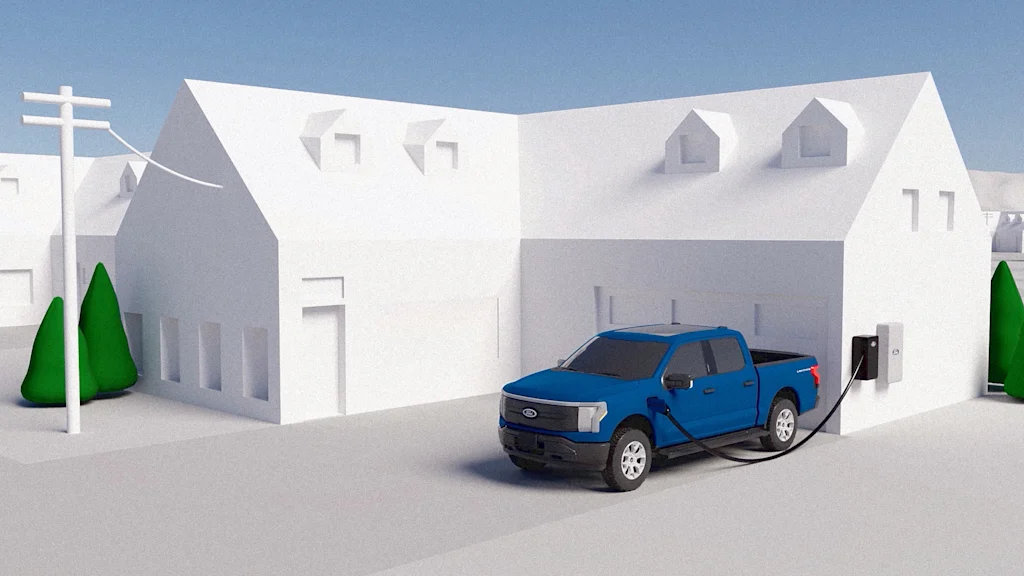
"More EVs means more electricity demand, which could require costly infrastructure upgrades or limit when drivers can charge if demand is too high. But one long-talked about promise of EVs is that they could actually make our electricity grid more resilient. Through bidirectional charging, EVs could essentially act as batteries parked outside your home, powering houses so that they don't need to rely on outside electricity."
"And Ford is expanding how its EV drivers can take advantage of bidirectional charging. Through its Home Power Management program, F-150 Lightning owners can use their trucks to power their homes when electricity prices from the grid are high, easing energy burdens and saving people money on their monthly bills. It also gives customers the ability to send energy from the trucks back to the grid, in some instances earning them money from their electricity company for doing so."
""We see an opportunity here where our vehicles can be part of the solution rather than compounding the problem," Dave McCreadie, director of Ford's EV-Grid Integration Strategy and Business Development, said during a recent press briefing on the program."
Growing EV adoption raises concerns about increased electricity demand and potential strain on aging grids, possibly requiring costly upgrades or charging limits. Bidirectional charging allows EVs to act as parked batteries, power homes during outages, and return energy to the grid. Several EVs, including the Ford F-150 Lightning, already offer home backup power. Ford's Home Power Management program enables Lightning owners to power their homes when grid prices are high, reduce monthly bills, and, in some cases, send vehicle energy back to the grid for compensation. Ford plans to expand a limited pilot in 2026 to broaden these capabilities and customer access.
#electric-vehicles #bidirectional-charging #grid-resilience #home-backup-power #ford-f-150-lightning
Read at Fast Company
Unable to calculate read time
Collection
[
|
...
]